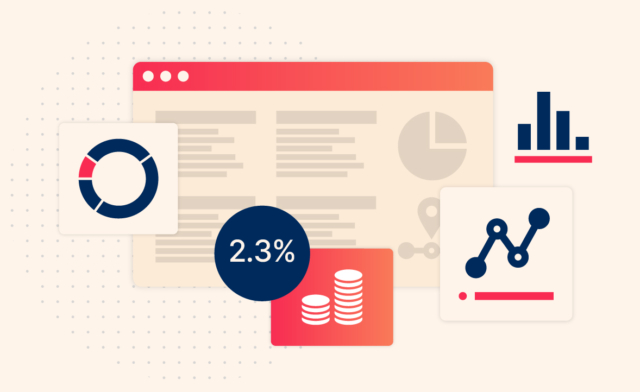4 Reasons Why Data Should Be at the Heart of Your Recruitment Strategy

While the world of HR continues to grow and innovate, recruitment remains one of the most pressing challenges. An inefficient recruitment process can impact your bottom line, costing companies a large sum on every bad hire.
The answer to these HR challenges? Data-driven recruitment.
Use the Recruitment Technology in your tech stack — like your configurable Applicant Tracking System (ATS) — and you can take a data-driven approach to streamline the hiring process. That means less money and time wasted on inefficient hiring practices, and more time spent attracting the top talent your business needs to thrive.
Here are four reasons why you should create a data driven recruitment strategy:
1. Screen Candidates Quickly and Effectively
With Data-Driven Recruitment, screening candidates has never been more simple. The technology can use data to help you instantly find candidates in your talent pool that match your job description, so you can cost effectively move forward to the next step quicker than ever before.
Data-driven automation also takes gut feeling out of the equation, helping recruiters make more accurate decisions based on actual numbers. Data science and machine learning algorithms can make prescriptive recommendations for hiring decisions. Using data points found in CV’s, application forms and online test scores, it identifies candidate abilities, competencies, skills and experience. Using data in this capacity can help recruiters make better informed decisions in a fraction of the time.
2. Hire More Diverse Talent
Diversity and inclusion have become integral elements of recruitment strategies, as organizations recognize the importance of building diverse teams.
From the very beginning of the candidate search, you could be limiting your applicants if you use gendered language in your job descriptions. Use an ATS that leverages artificial intelligence to identify gender biased words and recommend gender neutral alternatives.
3. Identify Areas that Need Improvement
With a data-driven strategy, your recruitment process is constantly evolving and improving. The insights you gain from data analysis can be used to strengthen every step of the process. For example, tracking the application process can help you see if there are inefficiencies that you could eliminate in order to speed up Time-To-Hire. Or you can review your conversion rates to determine if you need to rewrite your application questions or redesign your hiring page. Problems can be spotted and resolved efficiently.
4. Improve Candidate Experience
Recruitment isn’t just about getting great candidates through the door — it’s about keeping them there. A data-driven strategy can help you narrow down the factors impacting candidate experience.
Whether it’s slow communication or a delay between hiring stages, you’ll be able to pinpoint what makes a candidate withdraw their application. Then you can focus on automating more inclusive experiences that deliver the right message at the right time, inevitably nurturing high quality candidates and saving you time!
Keeping Data at the Heart of Recruitment
For recruiting teams, talent specialists, and hiring managers, the traditional ways of recruiting could be holding you back. It takes a modern, data-driven approach to make smarter hiring decisions based on real-time insights. Data helps you fill the gaps in your Recruitment Management strategy while reducing bias throughout your Recruitment Funnel.
Ready to put data first and see the results unfold? Oleeo provides intelligent Diversity Recruiting Platforms that leverage data-driven automation to make more efficient hires, everyday. Learn more about how our technology can solve your hiring challenges, or see the results for yourself today.



